Drawing Winter Clothing
Hello! I’m Sarah, and today I will show you my process for making some cozy winter clothing items.
Setting Up the Character Base
First, I set up my character base. Winter clothing is usually bulkier in thickness of material than clothing for warmer weather (obviously), but I like to remind myself of where the character’s limbs and such are before I begin slapping pillowy lines around. Even if I don’t draw everything the character is wearing underneath the bulkier layers, I still like to sketch out the form so I don’t have too many odd dips and lumps where there shouldn’t be.
(My base sketches are really messy haha… The short lines following the top of her head are to remind me the hair has thickness under the hat as well.)
Sketching Out the Clothing Forms
Keep in mind that the winter clothing has its own thickness, and will not follow the lines of your character base as tightly as a thinner material would. There are also usually fewer creases in the bulkier clothing material. (She says, as she keeps adding more folds and creases to her own drawing…)
Gravity is a thing, too…Unless the character in the world you are drawing from is floating weightlessly in space, the material will drape toward the ground where it has more give, and will lie only slightly above the top edges of the character’s limbs and such due to the material’s thickness.
(I added movement to the drawing, like she’s bouncing in excitement about her letter. It may not be completely scientific, but I felt like punching up the composition to make it more visually interesting…? I also got my sister to pose the hand position for me, because those base sketch fingers were creeeeepy.)
Adding Textile Textures
Adding Furry Textures
This is where I make my life a little bit more difficult for myself in the coloring stage, since the little lines radiating out at the edges don’t always like to play nicely with my preferred color fill methods. It’s really satisfying to just scribble a bit instead of making longer lines, though.
Pay attention to the direction the fur/fluff would fall in. If it’s a smoother furriness, the lines will be more calmly aligned in the same directions; but if it’s a rougher or more matted furriness, the spikes will be more haphazardly clumped together in different directions.
Adding Knit Textures
Clip Studio Paint Assets has braid brushes and knit-look assets; I don’t remember if any of the ones I’ve used here come in the preset materials, but you could search for more, too.
I used the Magic wand selection tool to isolate the sections I wanted to use the cable brush on, and just thinned my line art pen to brush in the suggestions of the ribbing on the cuffs.
Alternatively, you could hand-draw or further render the knitting textures you want to use. It depends on the style of the artwork you are making and how things will look with your drawing, so play around and find what works best for you and your own drawing!
Adding Surface Patterns
(I’m mostly using the colors from Erika the Goober’s 2023 MerMay pallet here, because I didn’t feel like choosing my own colors for this drawing and I like these, haha!)
You can make your own surface patterns or choose from many different materials in Assets. The more rigid patterns look kind of strange if you don’t use the transform tool to tweak them in different directions to match the flow of the surface you are using them on (See above, where I was lazy and only tilted the pattern tile a bit, but didn’t bother to use the Mesh Transform like I would have normally; therefore the lines of flowers don’t match the curves of the skirt folds), but the more random and scattered types of patterns are less noticeable if you don’t have as much time and the pattern selection does not matter much to the story/design you are drawing for.
It’s fun to play around with the blending modes for the layer your pattern is on, also. In this illustration, I clipped the pattern layer to the skirt fill layer and used Pin Light layer mode to let the underlying color blend with it in the way closest to what I wanted it to look like.
(I also masked the outside of my character for the entire Color Folder, so all the colors stay inside my lineart. If you don’t know where the toggle for Clipping is, it’s that first little box next to the lighthouse icon above the Layers list in the screenshot.)
Adding Waterproof Textures
I used Perlin Noise layer and Add Glow layer, both clipped to the main portion of the aviator hat to mimic a little of the leather look without taking forever painting it carefully to look realistic. I took in mind the direction I intended to put the lighting for where the shiniest parts would be, and used the airbrush, blur, and lasso tools for this.
Have Fun!
Aaaaaand, that’s it! I would explain how I add glow (and more glow) to my artwork, but… sometimes I don’t even understand what I’m doing there yet. XD
Don’t be discouraged if you can’t draw the right folds and forms you’d like to right away. Drawing textiles is difficult! Practice drawing different kinds of clothing from photo references and from life around you until you get better at it, and have fun!





















Kommentar